Imagining the gaming mouse of the future
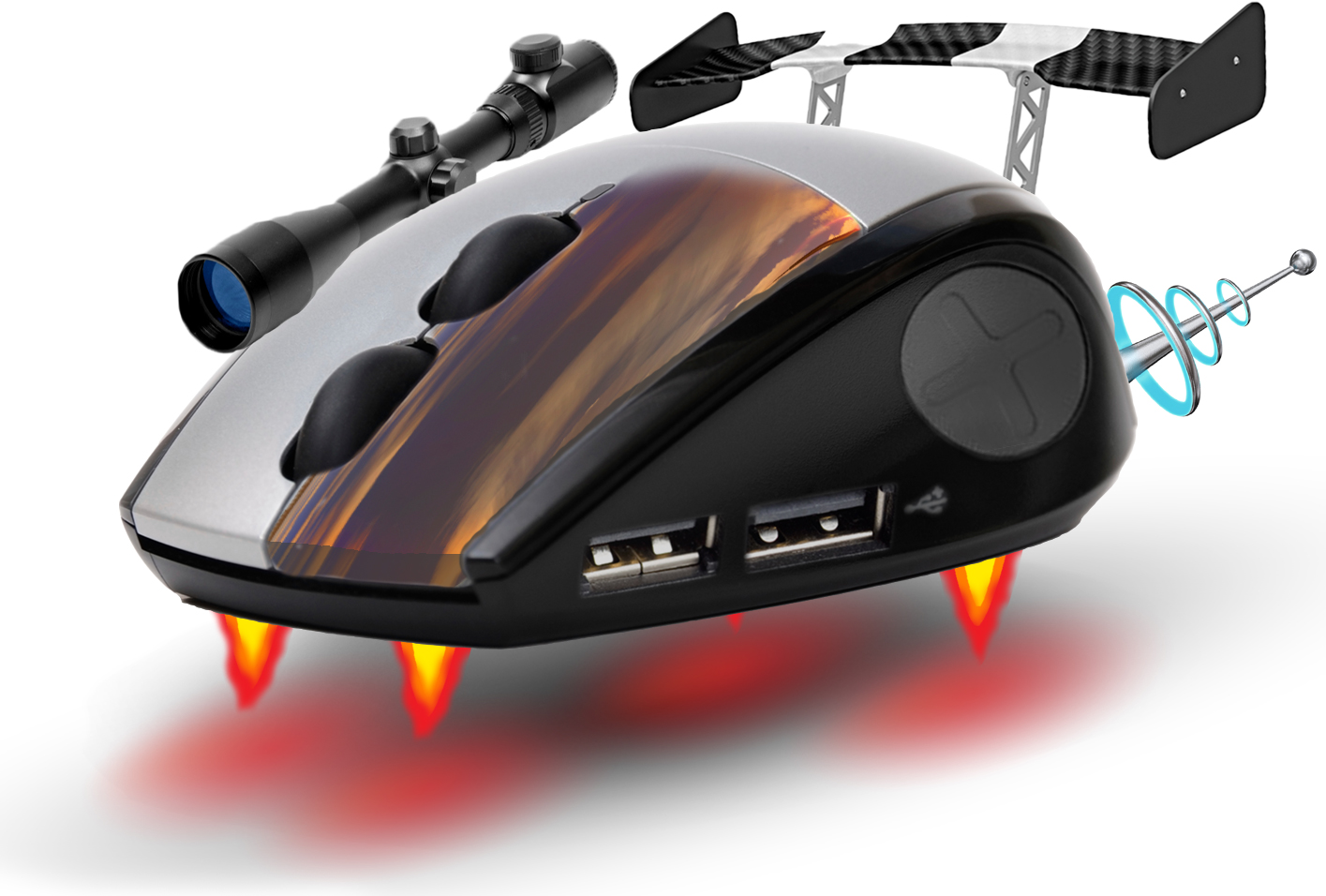
Since its very beginnings, the computer mouse has functioned by rolling or skating across a flat surface, using a ball or LED or laser to track its movement. There's no reason to think this will change in the years to come—except for my theory that, at some point in the future, everything will hover. If I'm in my hoverchair using my hovercomputer in my hoveroffice (what better way to safeguard against San Francisco earthquakes?), it only makes sense that my mouse will hover, too. If I want to keep landing sick headshots, my mouse will need a new sensor design that works when lifted far off a surface. Or maybe I'll have the futuristic gaming version of an intertial mouse, which will be able to track minute movements in two or three dimensions—pivotal for all those VR games I'll be playing, I'm sure.
These are all jokes (although I'm dead serious about the hoverchair), but the more time I spend testing new gaming mice, and watching trends play out across multiple mouse makers, the more I wonder about the gaming mouse of the future. Will we still be using mice to play PC games in 15 years? I think so—the words "from my cold, dead hands" comes to mind. But what will that mouse look like? Will it remain dignified and largely unchanged, or eventually become The Homer of PC accessories? Will we all use 3D printers to customize our own? Will mechanical rolling balls come back in vogue?
To envision the mouse of the future, I asked the mouse experts at Logitech and Roccat for their input (and threw in some intentionally tongue-in-cheek questions, too).
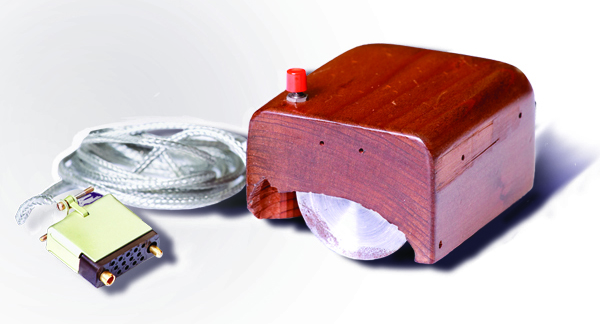
Mouse guts
Marc, from Roccat's R&D department, suggested that the demands of gamers will continue to drive future advancements in mouse technology. "I think the 'brains' of PC products are getting smarter and smarter which leads to many opportunities accommodate the needs of the player of the future," he wrote.
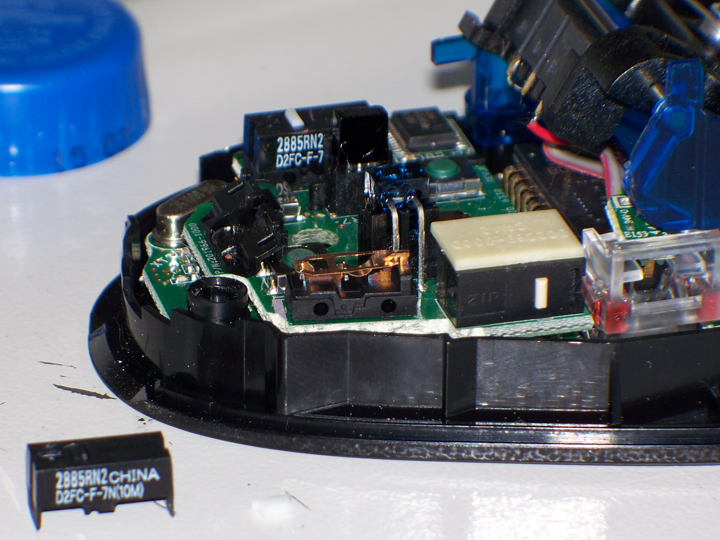
Mice are preeeeetty complicated already. Image via Overclockers user Torin3.
What could that look like? Today's gaming mice already include microcontrollers. Roccat's recent Nyth mouse has a built-in 72MHz 32-bit ARM microcontroller and half a megabyte of memory. That's faster than Intel's original Pentium chips! As Marc suggests, mice will only get smarter, and that may allow them to do more things. Faster processors may impact how data is interpreted from the sensor to allow for even more accurate and granular control.
Smarter electronics could also pave the way for other forms of interaction on the mouse—touchpads, haptic feedback, and so on. Maybe the mouse will eventually give way to the futuristic mousepad, a touchscreen display with haptic feedback that can be completely customized to suit your interface needs.
I sure like plain old physical buttons, though.
Keep up to date with the most important stories and the best deals, as picked by the PC Gamer team.
The materials
Chris Pate, product manager and gaming mouse guru at Logitech, focused his future speculation on the materials used to build gaming mice. "On the mechanical side, self-cleaning and self-healing materials will help ensure that all your gear always looks and feels new," he wrote.
Smartphones are already starting to employ hydrophobic coatings to keep their screens dry and functional. Similar coatings could keep our mice from accumulating finger oils that wear on the plastic. Do a quick search online and you'll find experimental plastics that can actually repair themselves, too. Pretty cool stuff.
"There are a bunch of cool adaptive smart materials in labs out there and that combined with 3D printing could allow the consumer to adapt their mice how they want it," Marc wrote. "Imagine if you could map your buttons to adaptive surfaces? That would be pretty awesome."
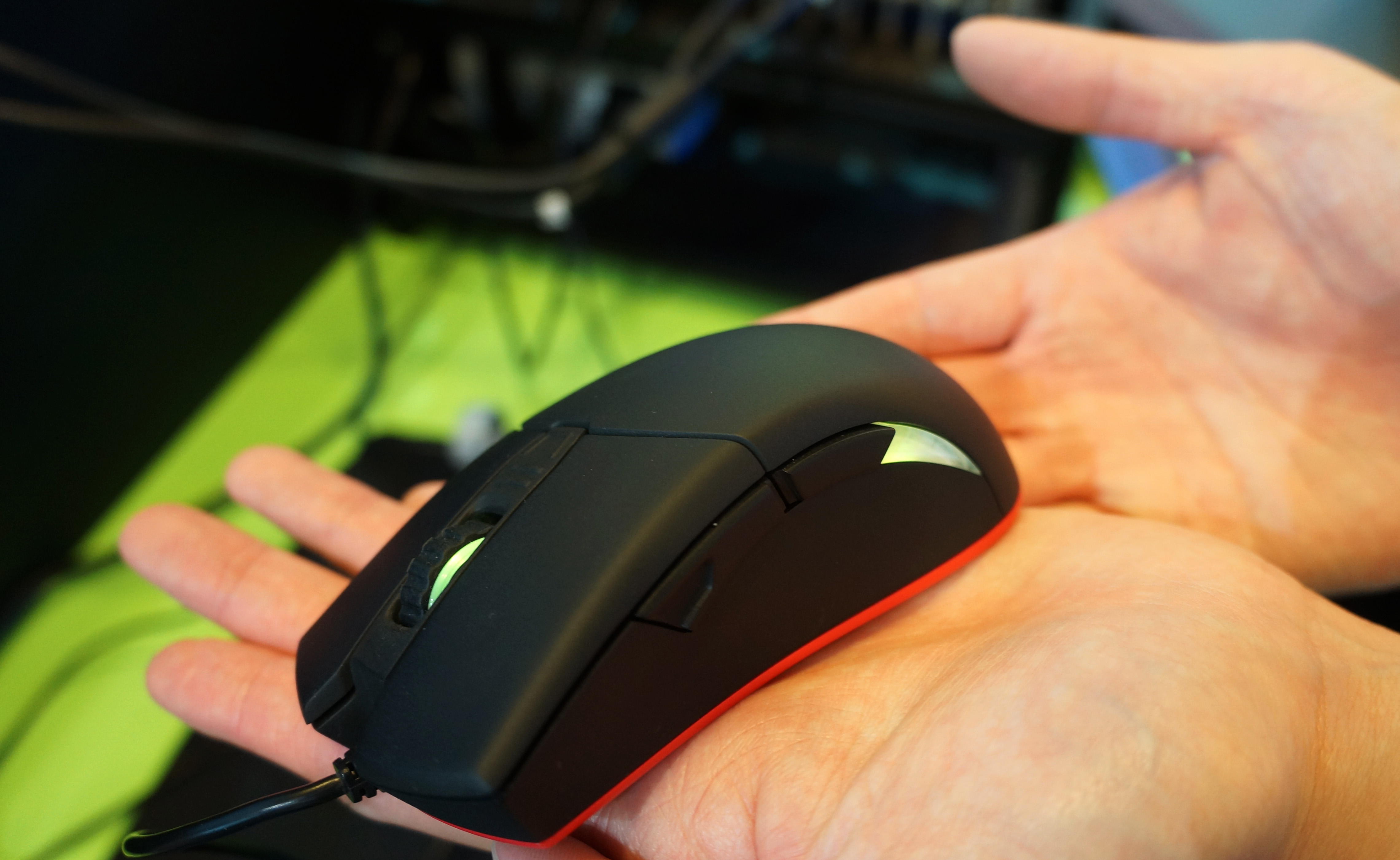
Pate agreed. "It would be great to have the mouse be able to adapt its surface temperature, tackiness, grip, and so forth to the way your hand is currently behaving," he wrote. This solution would solve one of my biggest complaints about many gaming mice: the type and texture of their surfaces. I prefer mice with rougher surface textures to give me a better grip at the best of times. And at the worst of times, I find those textures hold up better to hand sweat. The slick plastic surface of of Corsair's mice, and the smooth metallic surface of the Steelseries Sensei, get slick under my fingers when I get into some intense gaming action.
Beyond my sweaty hand problems, adaptive materials could make mice much more one-size-fits-all. Imagine the gaming equivalent of a Sleep Number bed: set your desired roughness and surface temperature instead of trying a dozen mice to find the one that feels right.
Along those lines, while the Mionix QG's heart-rate sensor and ability to sense your skin response by touch hasn't made the mouse a huge hit, I think it's only a matter of time until that kind of data gathering is built into many mice and other similar accessories.
Mousing in VR
So it's not quite as cool as a hoverchair, but VR headsets are going to make a splash in 2016, and assuming we all decide we're cool with wearing a headset and looking a bit foolish while we game, it's going to be around for a long time to come. Could that mean the end of the mouse?
"If VR meets the holodeck dream, full body presence and new tracked controllers could replace mice and gamepads in fully immersive VR games," Marc wrote.
Could the mouse be adapted to double as a VR controller? The technology, at least, should be doable. What would it take?
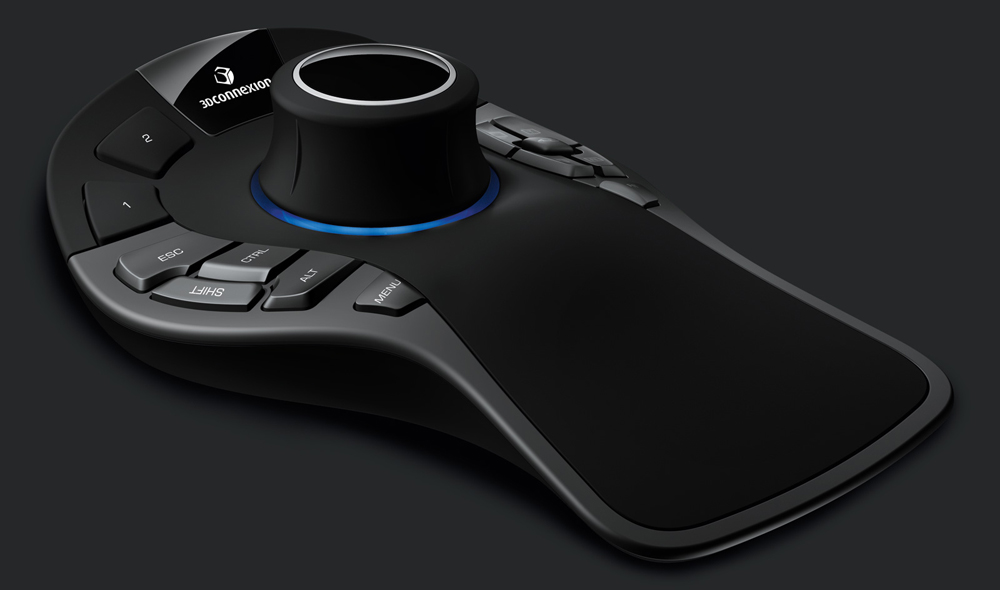
"New sensor implementations like accelerometers and gyroscopes," wrote Pate. "New, lighter materials so you can wave it around for more than ten minutes."
Logitech has already built an accelerometer into one of its mice, the G402, to help it track your hand movements at extremely high speeds. With the advancements we've made in positional tracking and motion controls, adapting those technologies to a mouse should be relatively easy. But ergonomic design is a fine art, and what fits your hand perfectly lying flat on a table isn't necessarily going to work when you're waving it through the air.
Maybe the solution is modularity, or a mouse that fits into a larger shell for VR hand-waving. But I suggest another solution for my dream future mouse: screw VR. Just keep doin' what you're good at, mouse. The two could perhaps even work together as they are now.
"You'll still need a mouse for playing the popular genres that aren't going anywhere," Marc wrote. "Like how people watch movies in VR or play retro games in the a virtual arcade in Gear VR right now. VR esports in a virtual arena with thousands of spectators could be pretty hype, perhaps even good to train players going from gaming in their bedrooms to playing professionally on the big stage! There your controls would be one to one anyway."
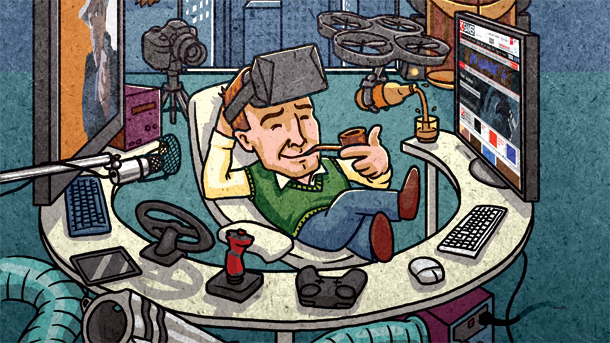
...and beyond!
So, to recap, the mouse of the future includes:
- A much faster processor that makes it more accurate and enables new functionality
- A body made from smart plastics that can self-repair, change surface texture and temperature (and maybe shape, while they're at it)
- Some degree of customization, with adaptive touchpads or other riffs on the classic button.
- Something to keep them relevant in the age of VR, like more complex sensors and lighter materials. Alternately: the mouse ignores VR and gets along just fine.
- If The Homer inspiration holds fast, approximately three horns that play La Cucaracha.
And what will be the big mouse fad 15 years from now?
"Non-addictive aerosol hallucinogens," Pate wrote. "For increased immersiveness." Far out, man. Who needs VR when you can hallucinate some crazy shit? Give me that adrenaline when I play Doom. I NEED IT.
"Hover-mouse, that still doesn't actually hover ;-)," Marc wrote. A designer after my own heart.

Wes has been covering games and hardware for more than 10 years, first at tech sites like The Wirecutter and Tested before joining the PC Gamer team in 2014. Wes plays a little bit of everything, but he'll always jump at the chance to cover emulation and Japanese games.
When he's not obsessively optimizing and re-optimizing a tangle of conveyor belts in Satisfactory (it's really becoming a problem), he's probably playing a 20-year-old Final Fantasy or some opaque ASCII roguelike. With a focus on writing and editing features, he seeks out personal stories and in-depth histories from the corners of PC gaming and its niche communities. 50% pizza by volume (deep dish, to be specific).

